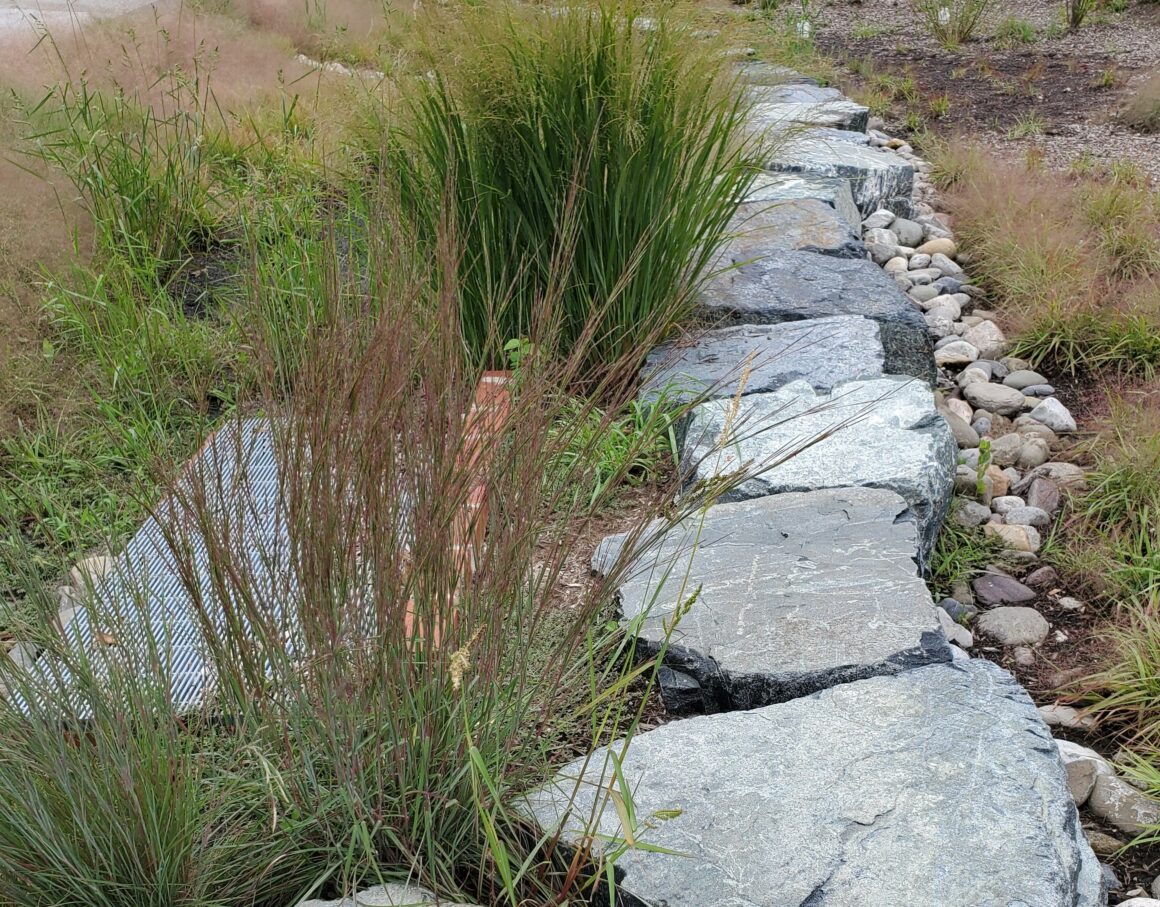Providing green and open space in a connective and equitable manner is necessary for the positive physical, emotional, and community health of people everywhere. To this end, we must incorporate access to nature, walking paths, and connectivity in planning processes, especially in highly urbanized, underserved areas.
An extensive and growing body of research demonstrates that more time in and near natural and green spaces can measurably improve physical, emotional, and community health and well-being. Natural and built green infrastructure is multi purposed in that it (1) provides environmental benefits such as clean air and clean water, (2) provides natural places to gather and play, and (3) serves as health-improving green spaces. Protecting, enhancing, and expanding natural and open areas and their connectivity can help move the needle on disease prevention, health promotion, equity, and ultimately, health care cost savings.
Below are some of the health benefits of being in the natural world for people and for healthcare system patients:
Heart and Lung Health
- Being in nature reduces blood pressure and positively influences well-being.
- Being active outdoors can strengthen the heart and boost mental health which positively benefits patients with heart disease.
- Vegetation in green infrastructure reduces airborne pollutants by absorbing and filtering particulate matter and gaseous pollutants.
Immune Function and Healing
- Being outdoors switches the body from “flight or fight” mode to “rest and digest mode” and encourages activity to get blood pumping which strengthens body and immune system.
- Natural environments promote emotions of awe or wonder which can have anti-inflammatory effects.
- Patients who see, hear, and experience nature have faster recovery times, less stress and pain, and require less medication.
Child Development
- Nature-play boosts creativity and imagination, and encourages young minds to be inquisitive and think critically.
- Being outdoors provides opportunity for children’s developing eye muscles to exercise and the risk of developing nearsightedness drops.
- Proximity of expectant mothers to green spaces is linked to increased birth weight, larger head circumference, and a lower risk of the baby being too small for its gestational age.
Mental Health
- Being outdoors is calming and inspiring and boosts mental health in a number of ways: higher levels of happiness, improved overall mood, reduced anxiety, fear, and anger, and lower levels of aggression.
- Green infrastructure promotes healing and reflection and helps people cope with life.
Memory and Focus
- Time in nature increases the ability to concentrate and is restorative.
- Time in the natural world helps people recover from mental fatigue, reduces anxiety, improves short-term memory and executive attention skills, and increases working memory.
Active Lifestyle and Community
- Proximity to green spaces stimulates physical activity, helping to reduce obesity.
- People active in natural environments tend to better manage their diabetes.
- Green spaces encourage people to gather in a community setting and foster comradery.
- Communities with increased greenery where residents are often outside increases the safety of the community due to increased socializing and more people outside to spot potential crimes.
Creating Equitable Solutions
- Neighborhoods with fewer trees have worse health outcomes, thereby showing the disparity in accessing urban nature also ties to health inequities.
- Residents with a reliable access to green space have a lower socioeconomic gap than those who did not.
- The distribution of green space often disproportionately benefits the wealthier population.

